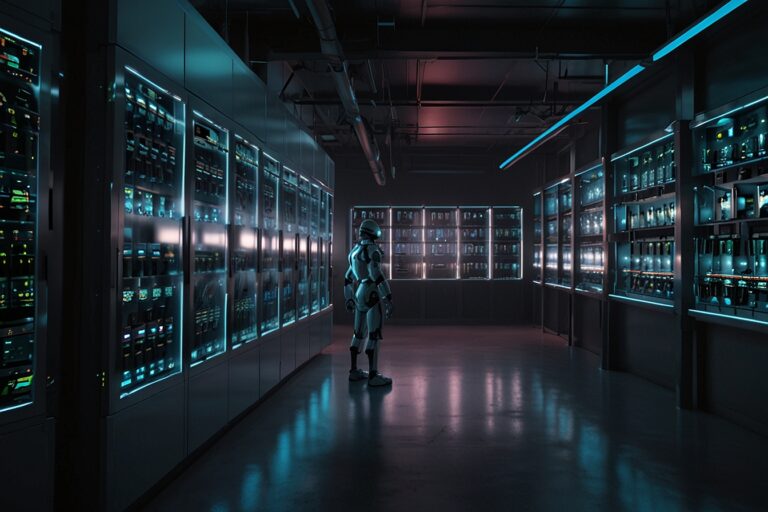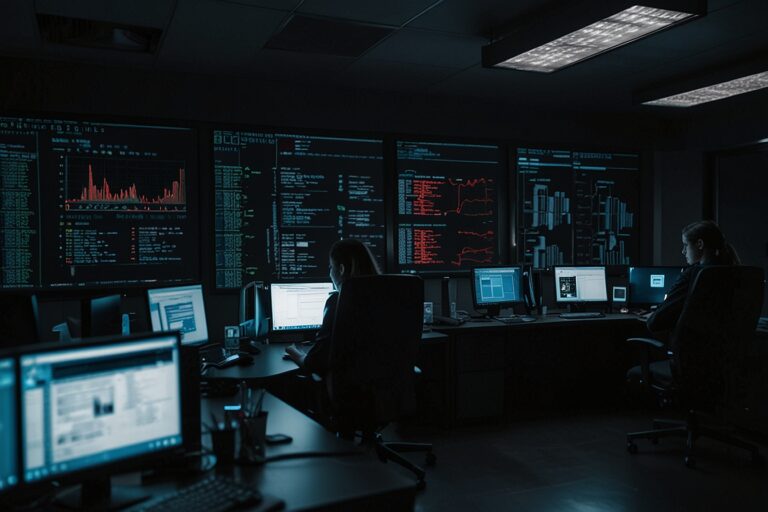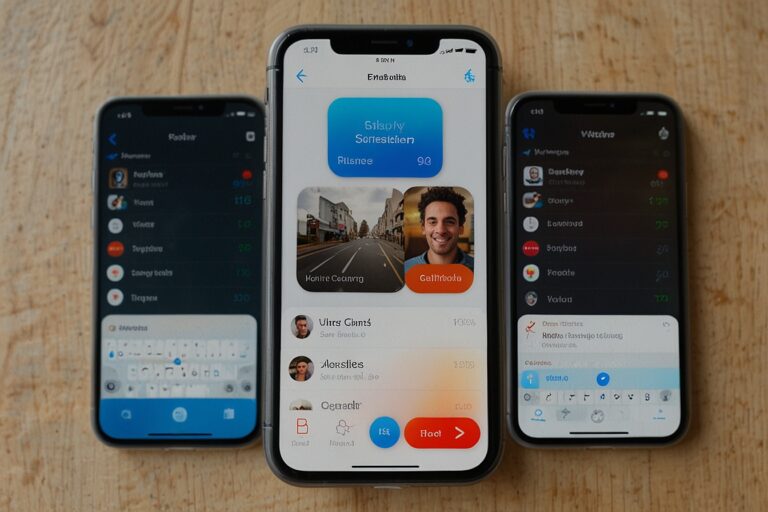
TL;DR
- Boston Dynamics’ robot dogs performed Queen’s “Don’t Stop Me Now” on America’s Got Talent.
- One robot shut down mid-performance, adding drama and realism to the routine.
- Simon Cowell said the malfunction made the act more compelling.
- Boston Dynamics has become more transparent about robot failures in recent years.
- The performance highlighted both the promise and limits of advanced robotics.
Boston Dynamics Brings Dancing Robots to Prime-Time Spotlight
A new chapter in the intersection of entertainment and robotics unfolded as Boston Dynamics brought a crew of four-legged robots—known as Spot—to the stage of America’s Got Talent for a dazzling, if not entirely flawless, dance routine set to Queen’s energetic anthem, Don’t Stop Me Now. The performance was good enough to receive four “yes” votes from the show’s judges.
However, what turned this moment into a viral sensation was not just the robots’ synchronized choreography, but the unexpected shutdown of one unit mid-routine. While the others kept dancing in perfect unison, the sudden failure added an element of drama—and insight—into the very real technical complexity behind these machines.
One Robot Stalls—And That Made It Human
At the conclusion of the performance, judge Simon Cowell offered what might be the most telling observation of the evening:
“Can I be honest with you? I don’t mean this in a cruel way. It was weirdly better that one of them died… because it showed how difficult this was.”
Cowell’s point struck at the heart of what makes robotics so fascinating for the public: the struggle for perfection. A flawlessly executed routine might impress, but a slight hiccup reveals the underlying engineering challenge. It humanizes the robots and reminds viewers how far we’ve come—and how far we have to go.
A Company Once Known for Robotic Perfection
Boston Dynamics, a company renowned for its viral robot videos, has spent much of the last decade showcasing highly choreographed routines of robots dancing, running, and even doing parkour. For a long time, these videos presented a glossy, seamless image of robotics success.
But in recent years, the company has pivoted toward a more transparent approach. A few years ago, they released a behind-the-scenes video showing just how many failed attempts were needed to produce a perfect take. One particularly memorable clip showed their Atlas humanoid robots falling repeatedly while attempting backflips or navigating obstacle courses.
“A natural consequence of pushing robots to their limit is that, sometimes, those limits are met,” Boston Dynamics acknowledged in a company blog post.
This approach has reshaped public perception—highlighting not just the triumphs of robotic innovation, but also its many challenges.
The Data
| Key Highlights | Details |
| Performance Venue | America’s Got Talent |
| Robotics Company | Boston Dynamics |
| Star of the Show | Spot, Boston Dynamics’ quadruped robot |
| Song Choice | Don’t Stop Me Now by Queen |
| Notable Commentary | Simon Cowell: “It was weirdly better that one of them died…” |
| Transparency Shift | Robot failure videos shared post-2022 |
Robotics on the Main Stage: Why It Matters
This performance is more than a novelty—it’s a strategic public moment for robotics. Historically, robotic demonstrations were confined to trade shows, university labs, or specialized conferences. By stepping into the mainstream arena of America’s Got Talent, Boston Dynamics has positioned robotics as part of the cultural conversation, much like AI has become in music and film.
Moreover, Spot isn’t just a dancing machine. The robot is used in construction, security, and industrial inspection, proving that the same system capable of dazzling crowds is also contributing to real-world productivity. This kind of performance expands the narrative: robots aren’t just practical—they can also be delightful.
The Beauty of Imperfection
In a way, the faltering robot reflected the ethos of modern robotics: progress marked by experimentation, failure, and resilience. The public no longer expects perfect automatons. Instead, there is a growing appreciation for the realism that comes with glitches and breakdowns—especially when paired with transparency.
Boston Dynamics’ willingness to showcase flaws signals a broader shift in human-robot interaction narratives. Rather than pushing a narrative of robotic infallibility, they’re inviting the public into the engineering process, highlighting what’s difficult, not just what’s dazzling.
From Industrial Labs to Reality TV
This televised moment also underscores how robotics companies are expanding their audience and brand appeal. With global reach and a massive U.S. audience, America’s Got Talent provided a unique platform to showcase Spot’s capabilities to millions of viewers—many of whom may not be engineers or tech professionals.
Whether or not Boston Dynamics had entertainment value as a goal, their presence on the show has clearly achieved it. The robot performance joined the ranks of previous novelty acts—but with far more technological depth and symbolic meaning.
What Happens Next for Public-Ready Robotics?
Expect more companies to follow suit. Just as AI-powered musicians and digital influencers are redefining entertainment, robotics is entering the public sphere in creative ways. And with humanoid robots like Figure, Tesla’s Optimus, and Agility Robotics’ Digit gaining ground, the dance floor is likely just the beginning.
For now, Boston Dynamics’ imperfect performance might be exactly what the robotics industry needed—a viral showcase of innovation, relatability, and potential.





